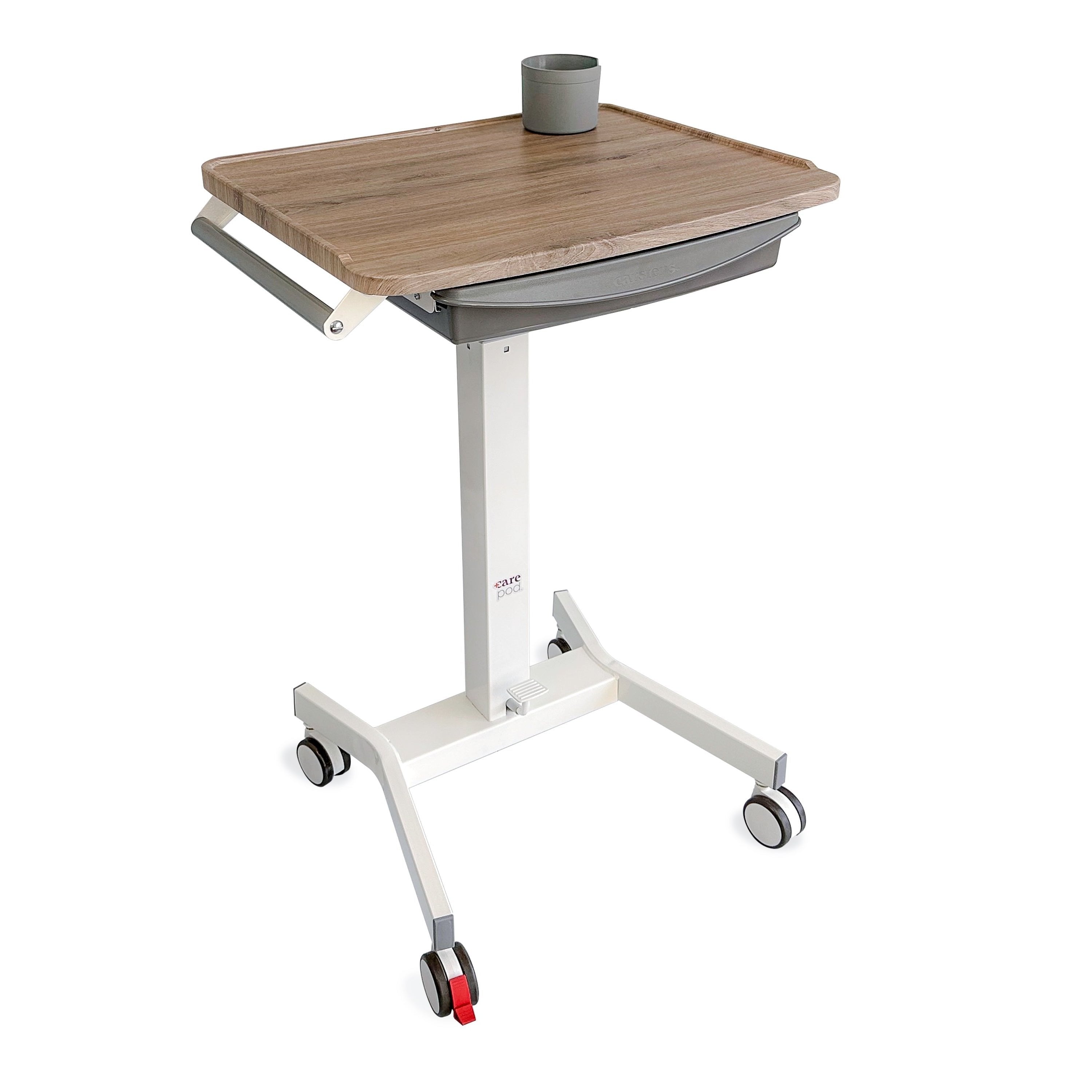Medical facilities and healthcare professionals must provide high-quality care and expertise. Unfortunately, even professionals are vulnerable to the risk of making errors within patients’ medical documentation. Medical records play an important role in creating treatment plans, diagnosing patients, and filling prescriptions. If the documentation is inaccurate, the healthcare professional has committed medical malpractice, which can have major consequences.
While healthcare professionals are not liable for every negative patient experience, their goal should be to provide the best care possible. If you run a medical facility, holding your staff to a high standard of care can help eliminate issues with negative patient experiences. By understanding and enforcing the six C’s of medical records, you can reduce mishaps and offer better care for your patients and their families.
Let us further explain the importance of accuracy in the medical industry, followed by charting tips for medical professionals to remember.
The Importance of Accuracy in Medical Records
In most medical practices, you must record numerous forms of information. Each patient has a complex and comprehensive medical history that requires special attention. From allergies to prescription history to the patient’s mood, their medical history can help professionals give them the support and treatment they need.
Patient medical records are a great communication tool and can help educate patients about their condition. Healthcare professionals can use a patient’s records to help explain to them their health journey’s what, why, and how. Accurate medical reports can help professionals compile information and research treatments and outcomes.
However, amid intense recordkeeping, there is still room for error. Healthcare professionals can miss information, causing a whirlwind of issues. Even something as small as an omitted decimal can change the trajectory of someone’s medical care. Mistakes in medical records can create liabilities, provoke major lawsuits, and potentially cause distrust among patients. To avoid this in your facility, you must reinforce the importance of integrity and accuracy in medical documentation.
What Are the Six C’s of Medical Records?
Medical records ensure patients receive the best treatment for their conditions. With information about their physical and mental health, medical history, and current care, you can see if treatments are effective and what you can do to continue improving their health.
Physicians must perform their due diligence and evaluate their patients properly to compile accurate medical records. By understanding the six C’s of medical records, you can help eliminate the risk of inaccurate medical records and charting in your facility.
Clarity
The language in your medical charts should be consistent and universally understood. Clarity will ensure everyone is on the same page regarding a patient’s health and treatment. Physicians and nurses should use standard medical terminology when documenting a patient’s condition. This will allow for seamless communication between healthcare providers and avoid confusion or mishaps about medications, procedures, diagnostic results, and more.
Furthermore, if your staff writes medical notes by hand, you must ensure they are legible. Other staff members should be able to easily read what is written. We recommend using smear-free markers and hospital clipboards to keep your notes neat and legible.
Client Words
When a patient seeks medical attention, one of the first things a medical professional will ask is for the patient to describe their symptoms. When they’re listening to the patient describe their ailments, physicians and nurses should take note of what they’re saying.
Recording the patient’s exact words rather than summarizing them in your own words can help you find a diagnosis and treatment better and more accurately. Patients know their bodies more than anyone else, so paying close attention to how they describe their symptoms is critical. If you rephrase or summarize their symptoms, you could misinterpret what they’re stating, leading to miscommunication and misdiagnosis.
Conciseness
While paying attention to detail and gathering as much information as possible is essential, you also want to keep your notes concise. Using universal terminology and abbreviations can help simplify charting and contribute to this conciseness. This will save time and help eliminate confusion from unnecessary details. With the help of brief records, medical professionals can simply scan charts to find their answers rather than reread or ask another professional for clarification.
Completeness
Ensuring every form, subject line, and component of the medical chart is filled out thoroughly will help provide quality patient care. Not only will this help patients get the best treatment, but it will also make jobs easier for other medical professionals. As we stated, medical charts help monitor progress and help providers make informed decisions. If you have incomplete or missing information, it causes delays and complications or makes treatment for the patient more difficult. Remember to take your time and document everything, from complications to positive or negative responses to potential risks.
Confidentiality
Patient confidentiality is one of the most important things to stress within your medical facility. Medical information must always be kept private, and you must ensure it stays that way. While it’s a legal requirement, it also builds trust between the patient and the provider. There are many tools available to ensure you keep information under wraps. From specialized clipboards to encrypted software, these tools can help you maintain patient confidentiality.
Chronological Order
Documenting events as they happen is extremely important for effective patient care. This allows all medical professionals to read a patient’s current care accurately. Physicians can keep a record of the patient’s progression and take note of the effectiveness of treatments. This will allow medical professionals to make more informed decisions and provide a clearer timeline of events. If charts are out of order, this can cause confusion and make it challenging to give patients the care they need.
Proper charting allows you to be the best medical provider you can be and will enable patients to reach their health goals. Conversely, you could potentially put patients at risk and face major consequences with inaccurate records. These repercussions can range from lawsuits to revoked medical licenses.
To prevent poor charting practices, reinforce the six C’s of medical charting. Likewise, equip your facility with the tools and supplies it needs to ensure patients get the best care possible. Feel free to browse our website for high-quality tools to optimize your medical facility.







